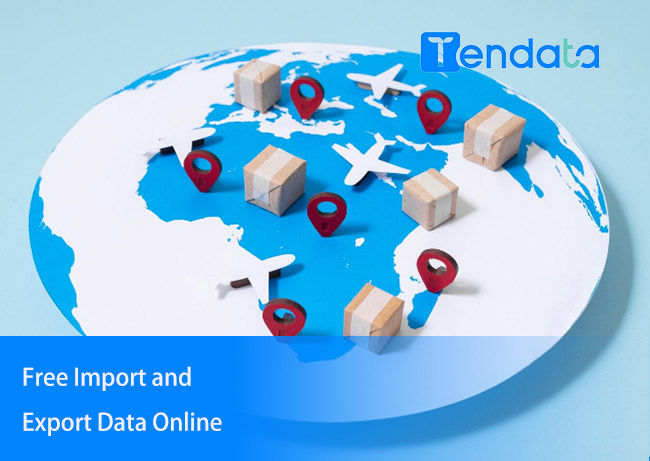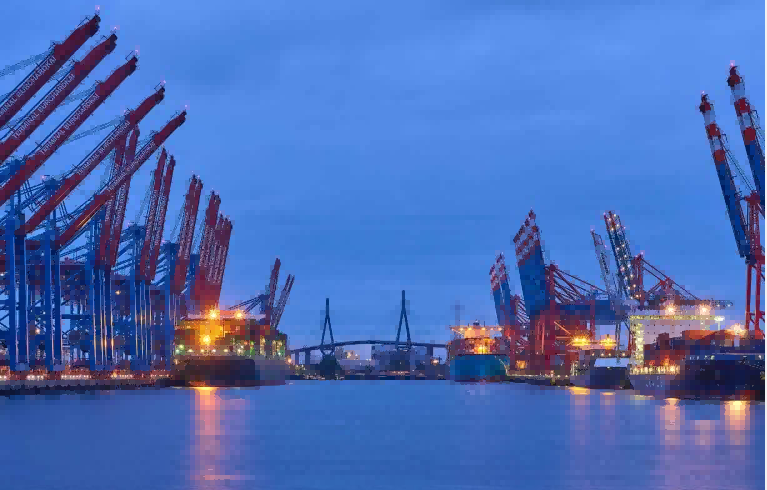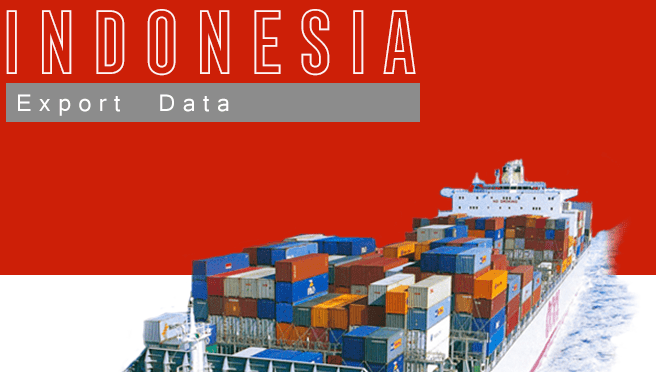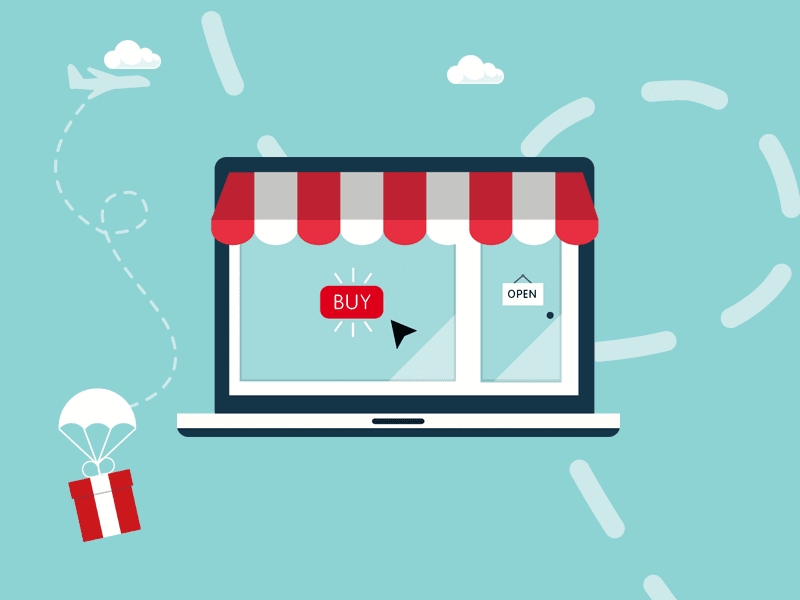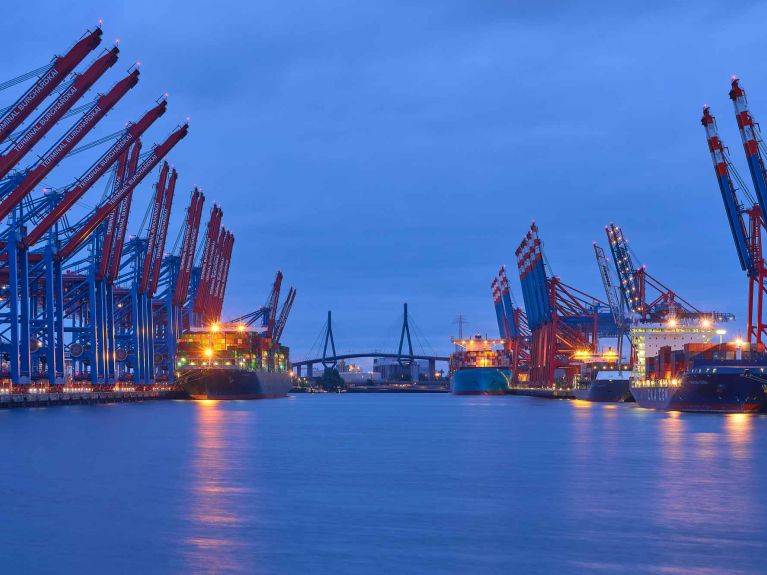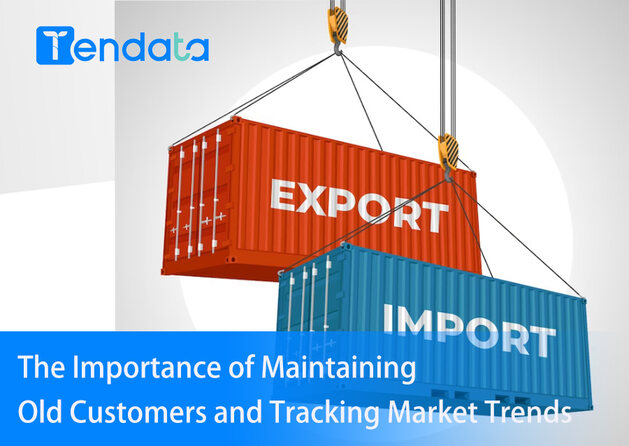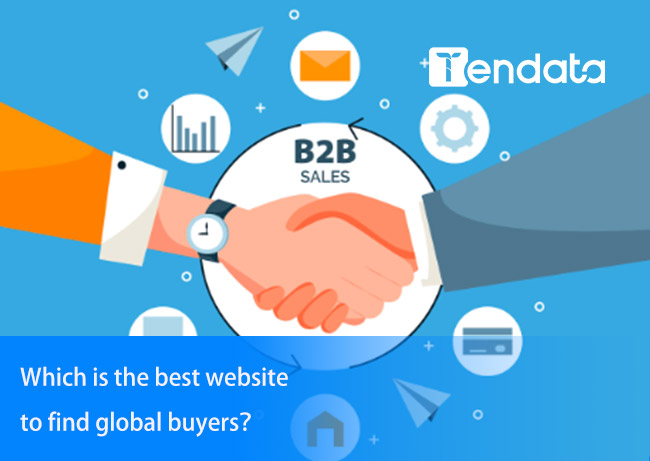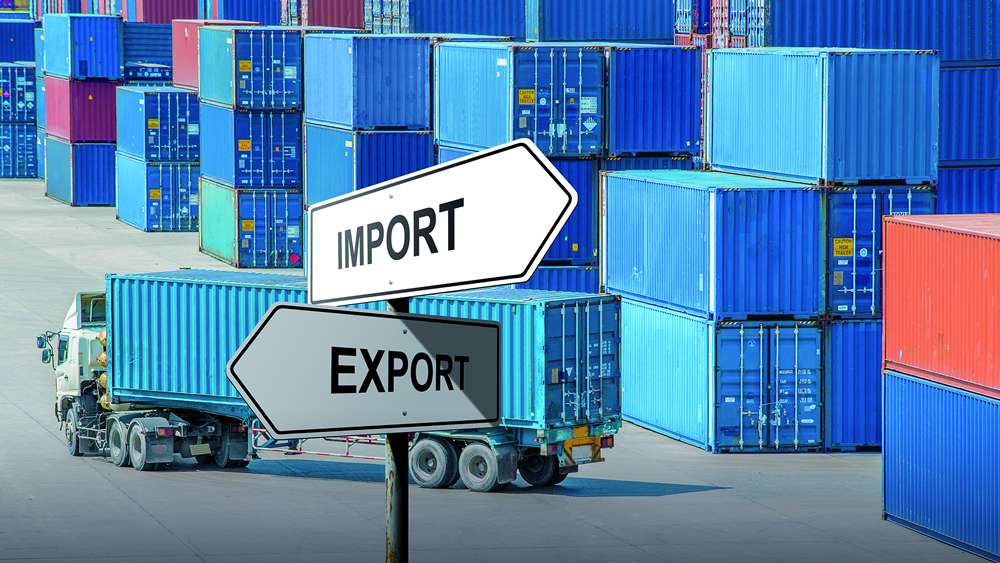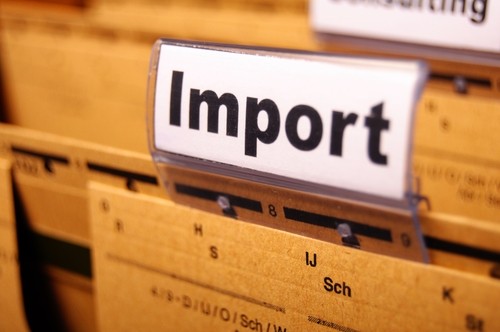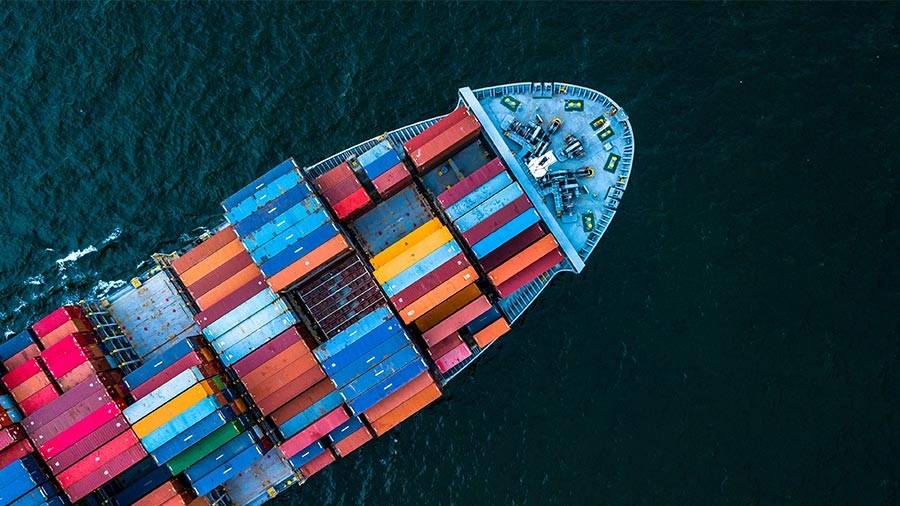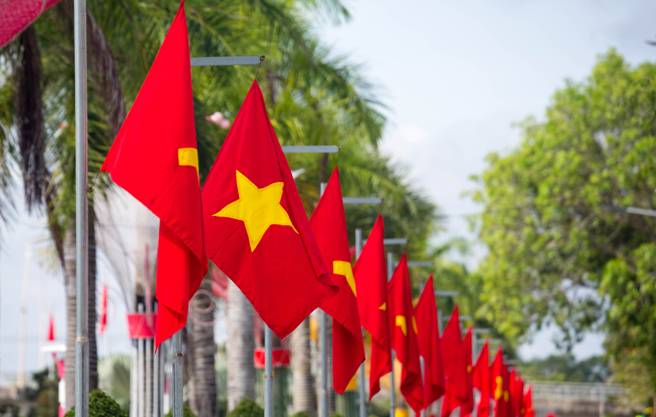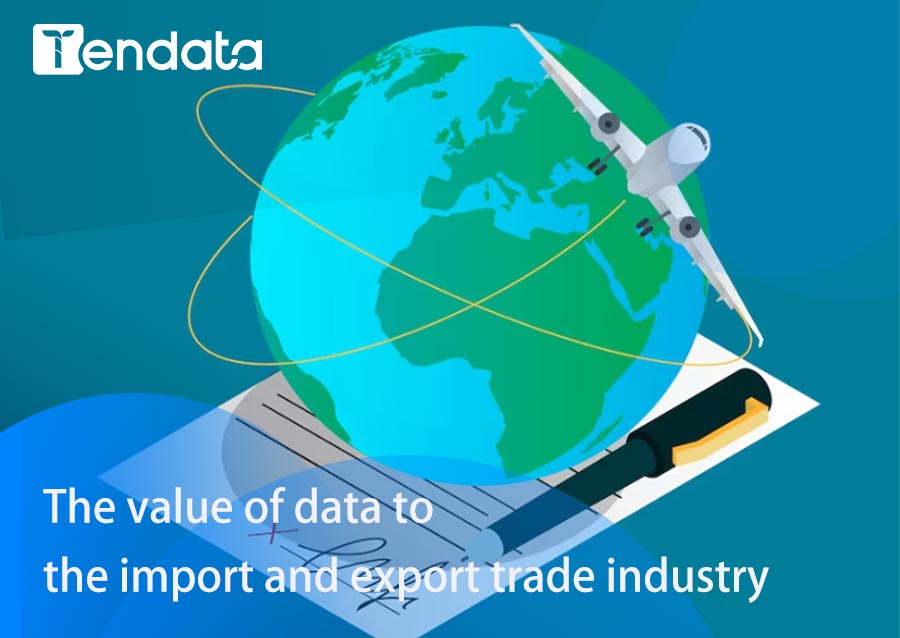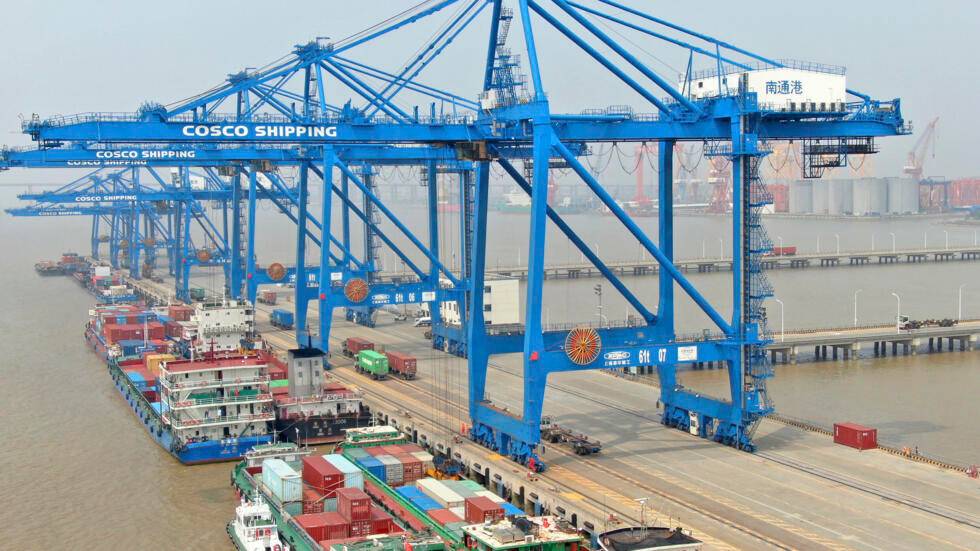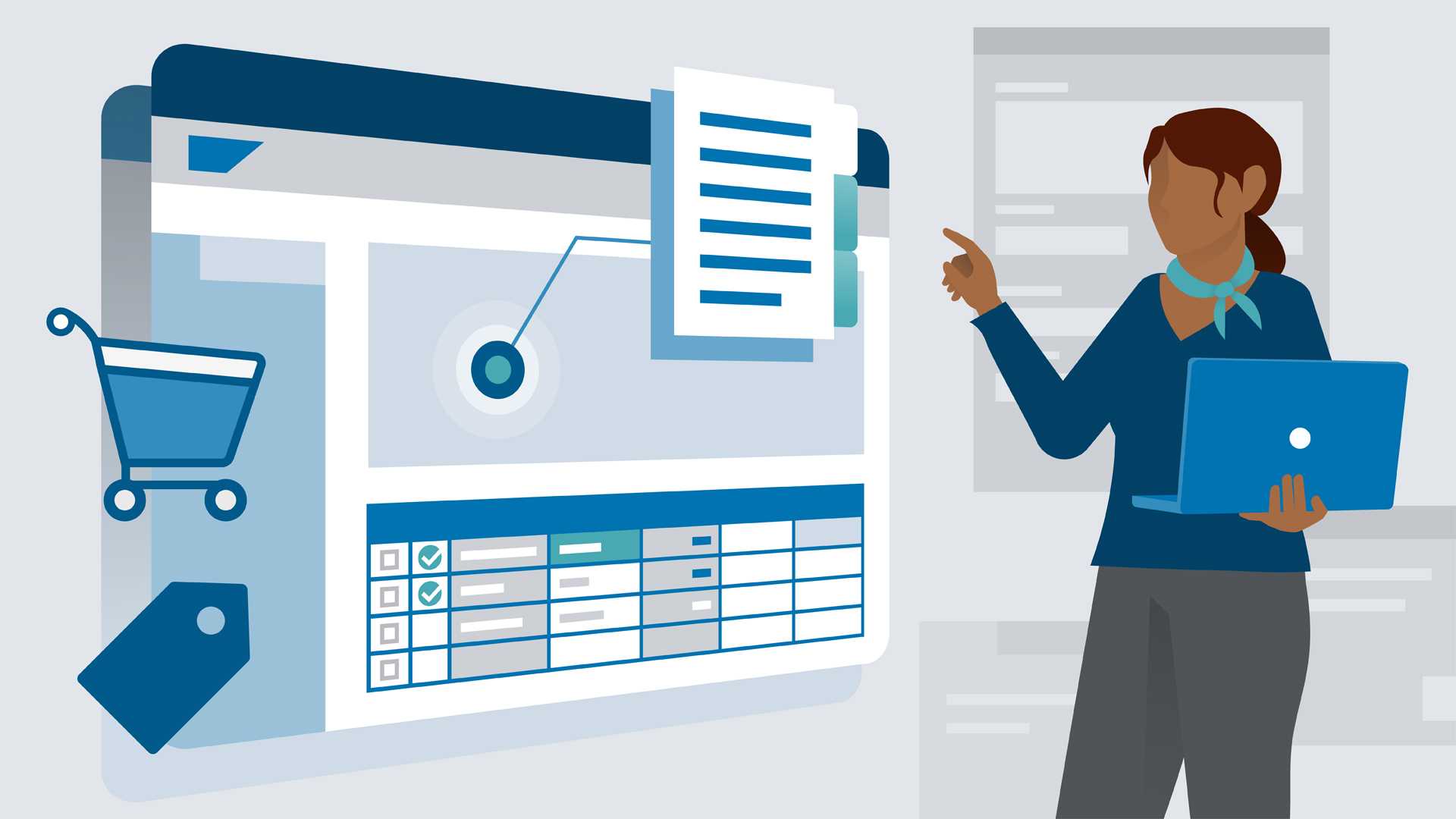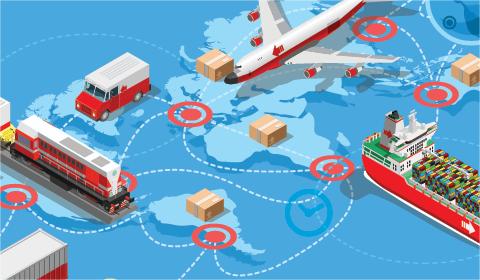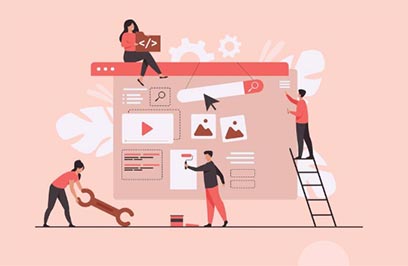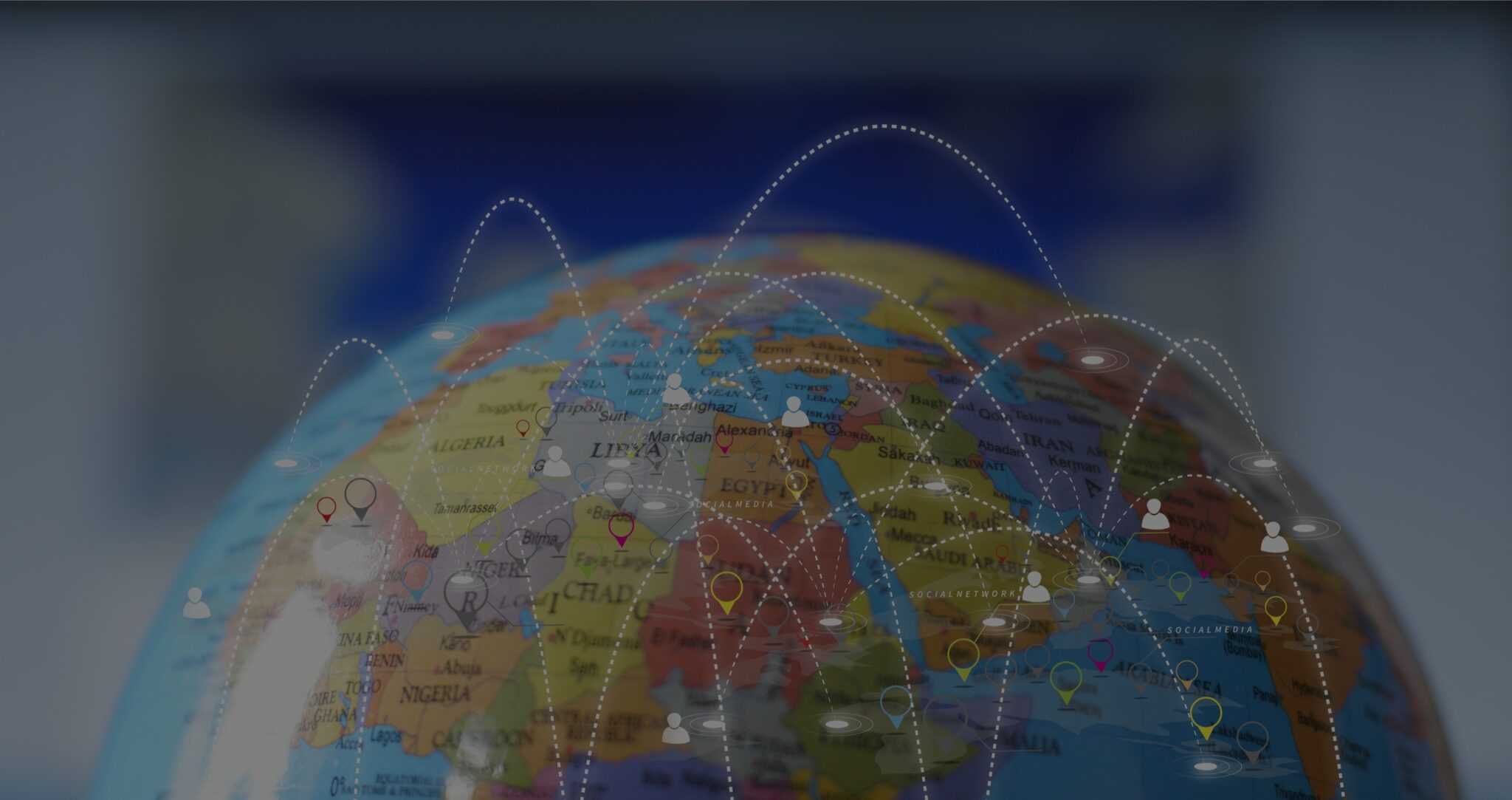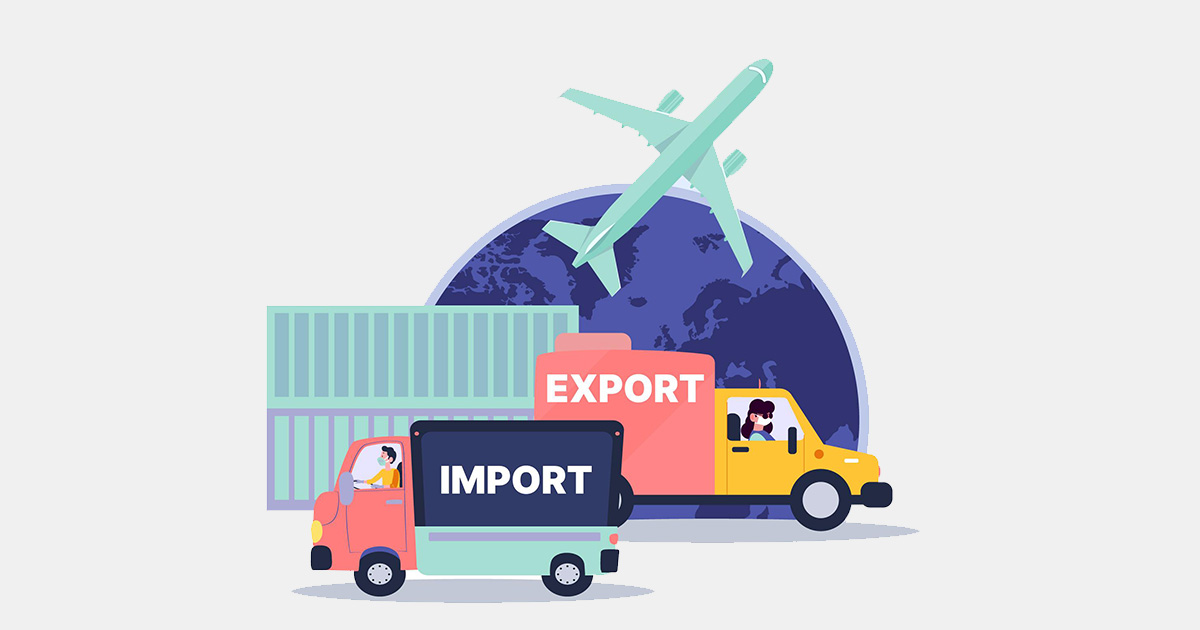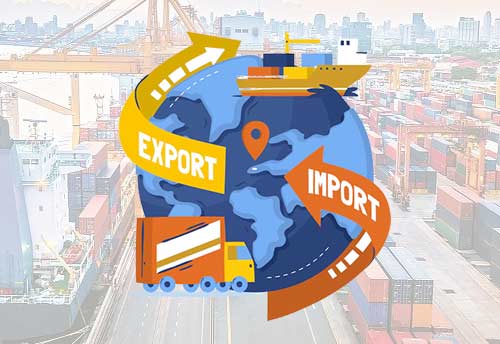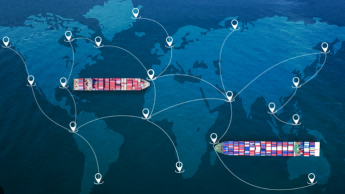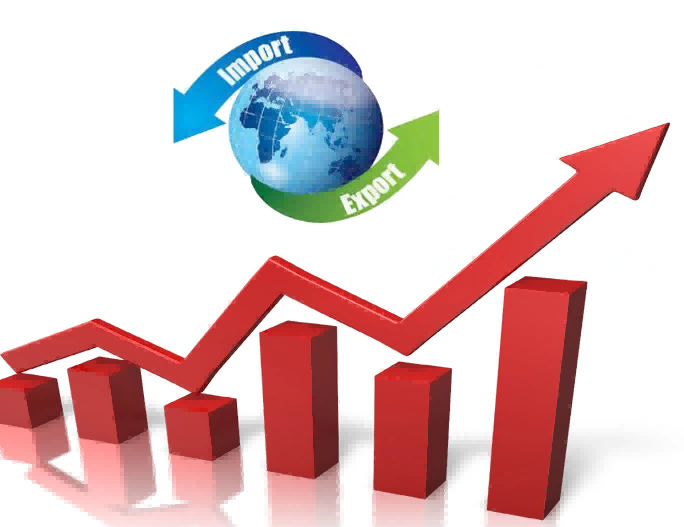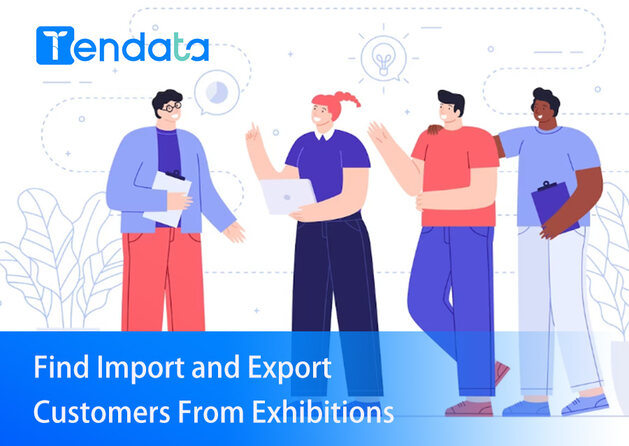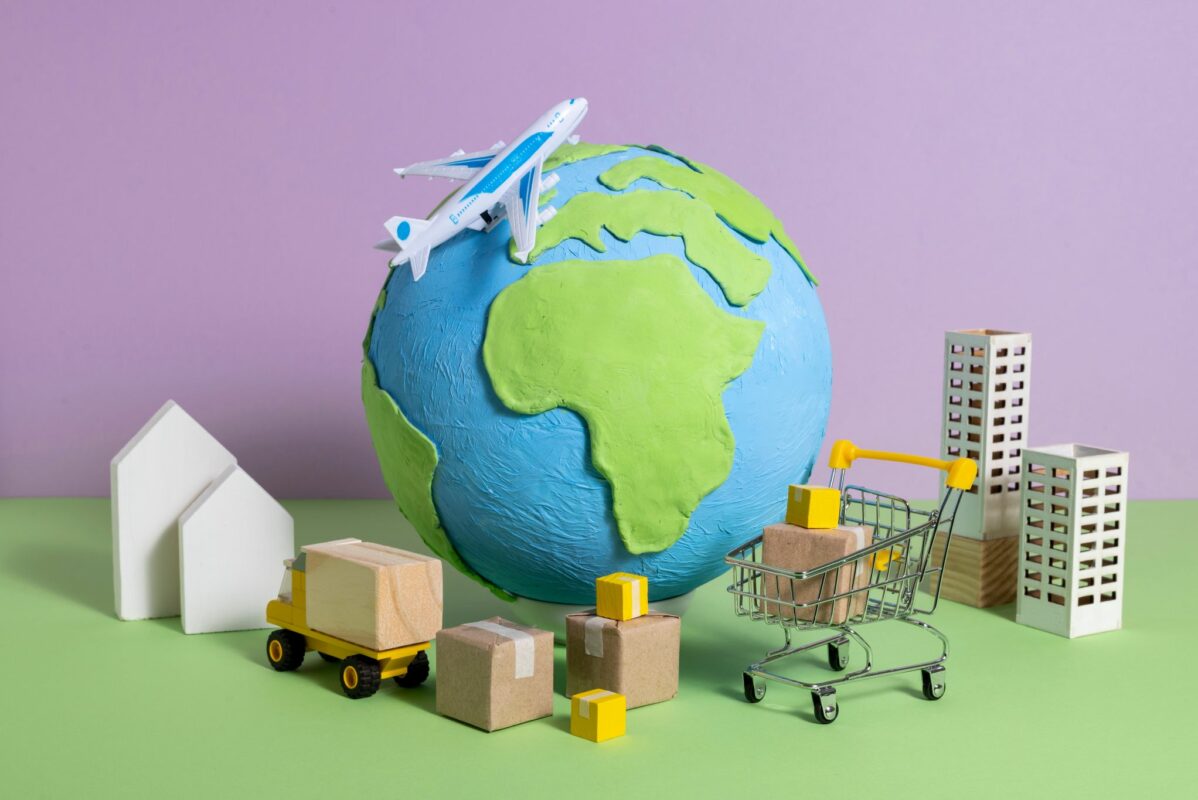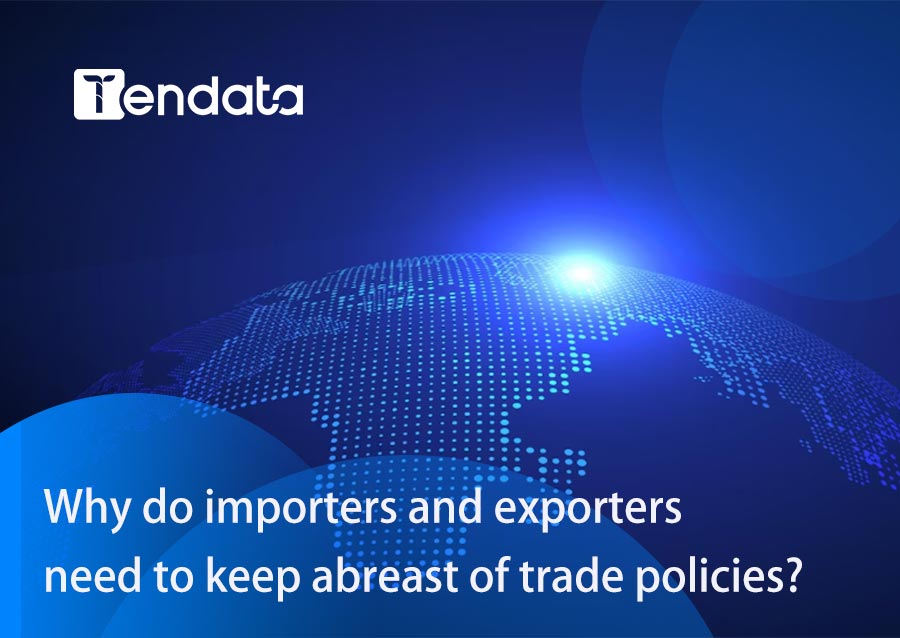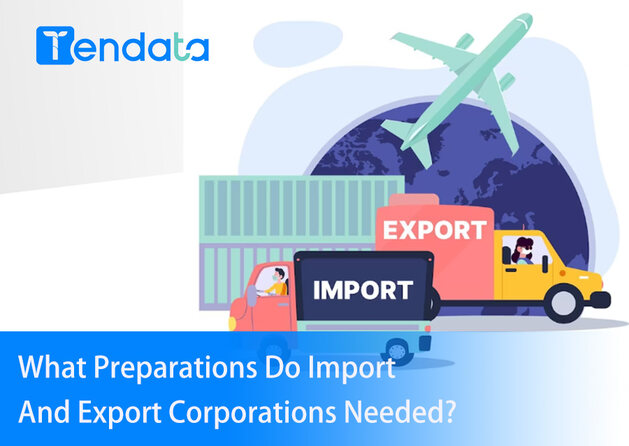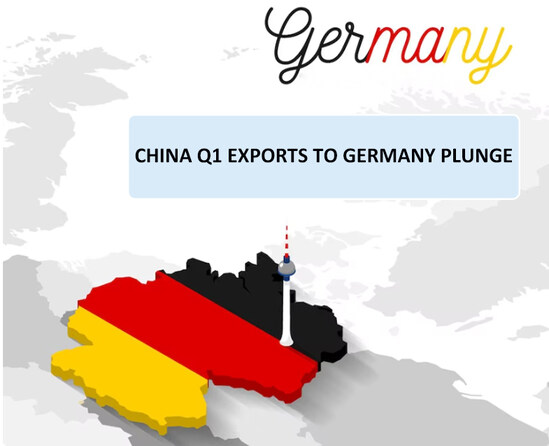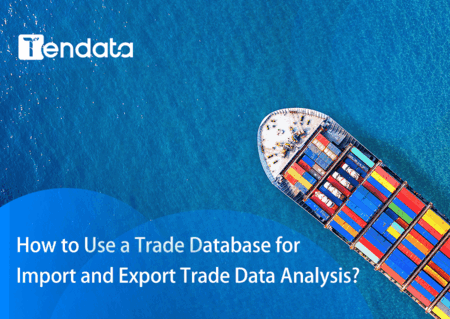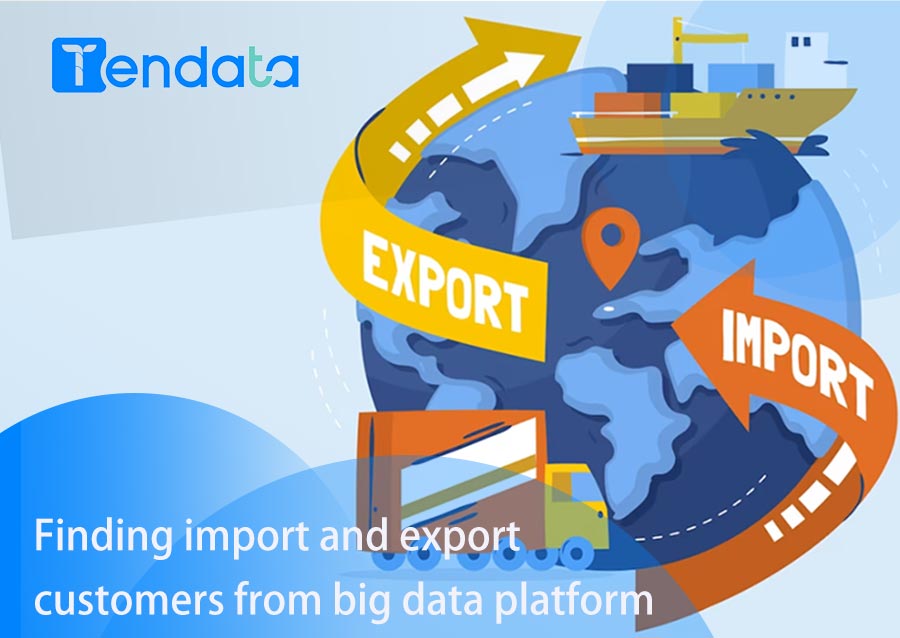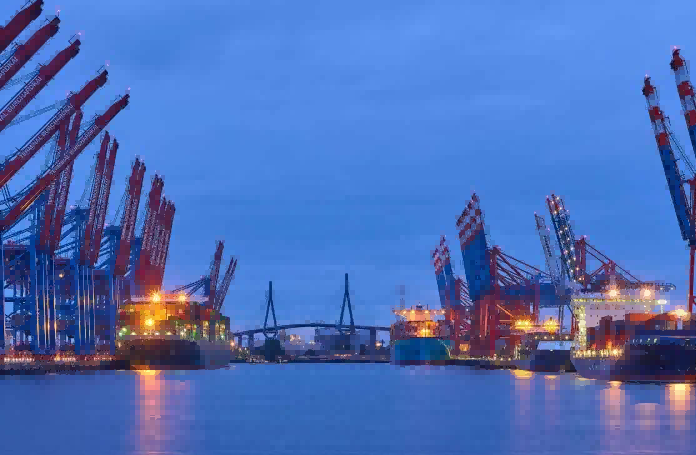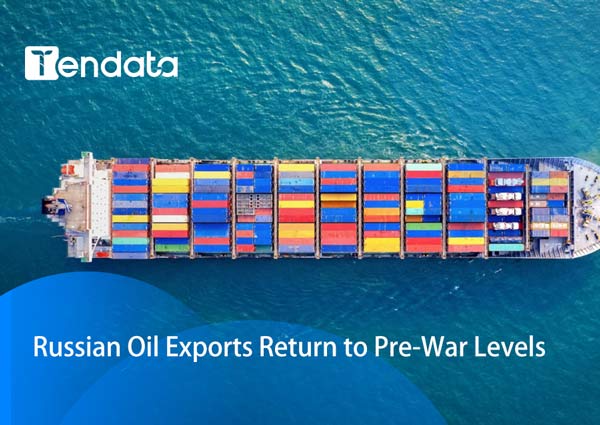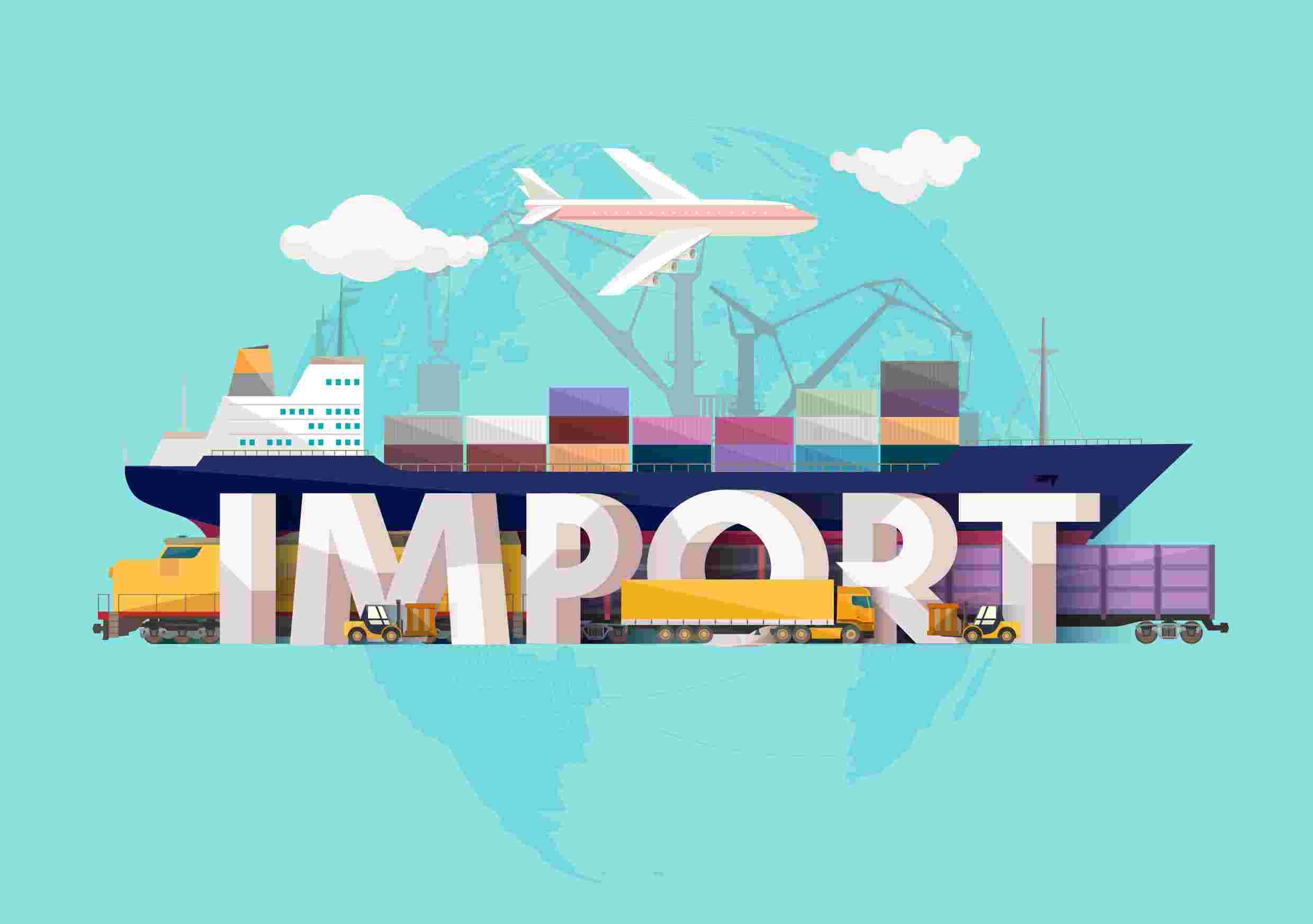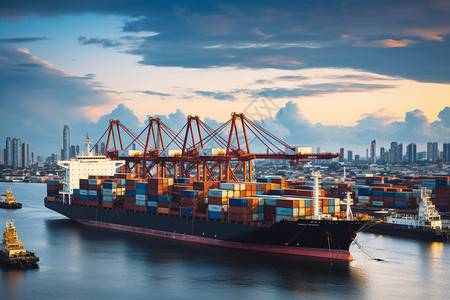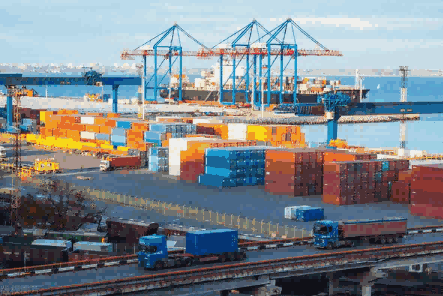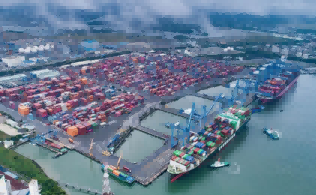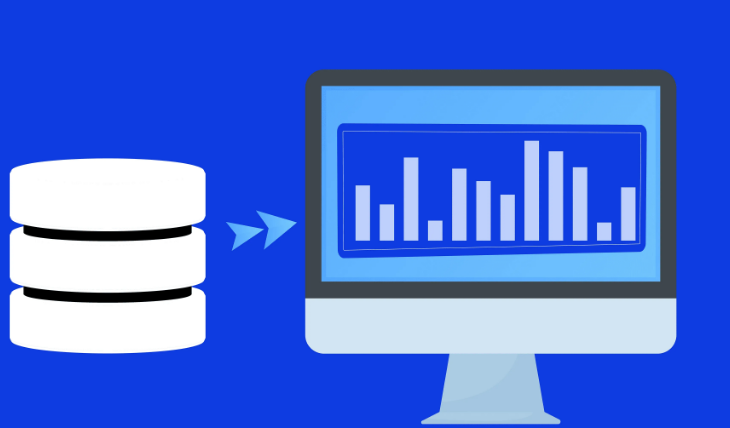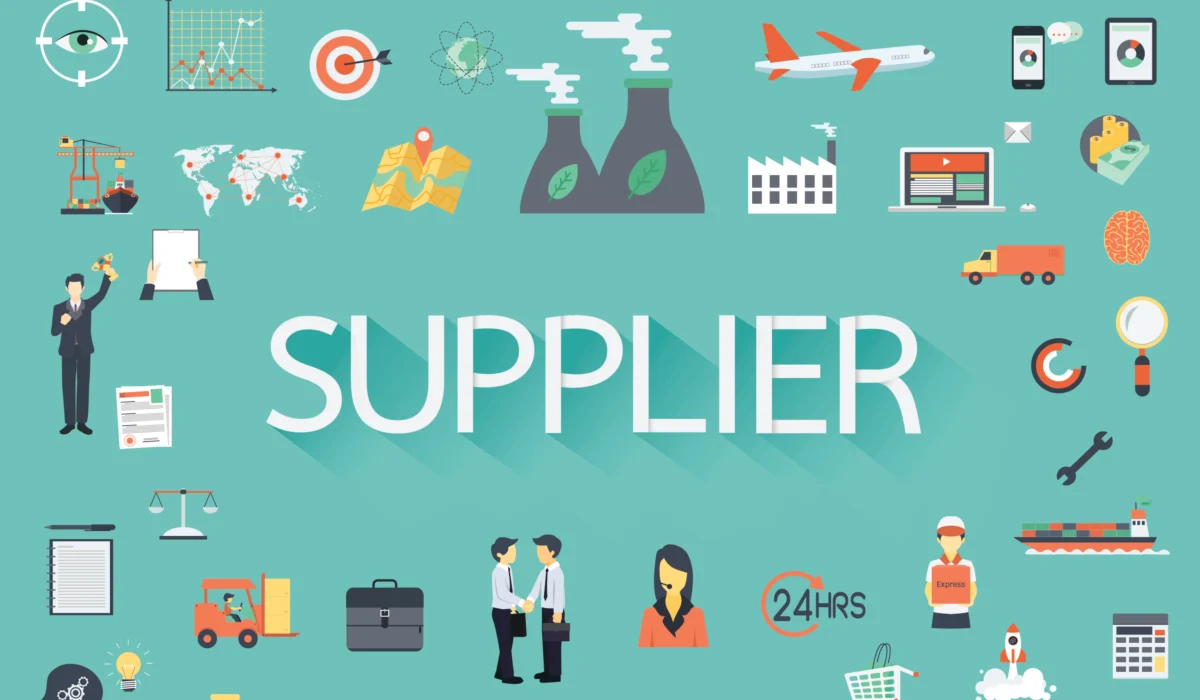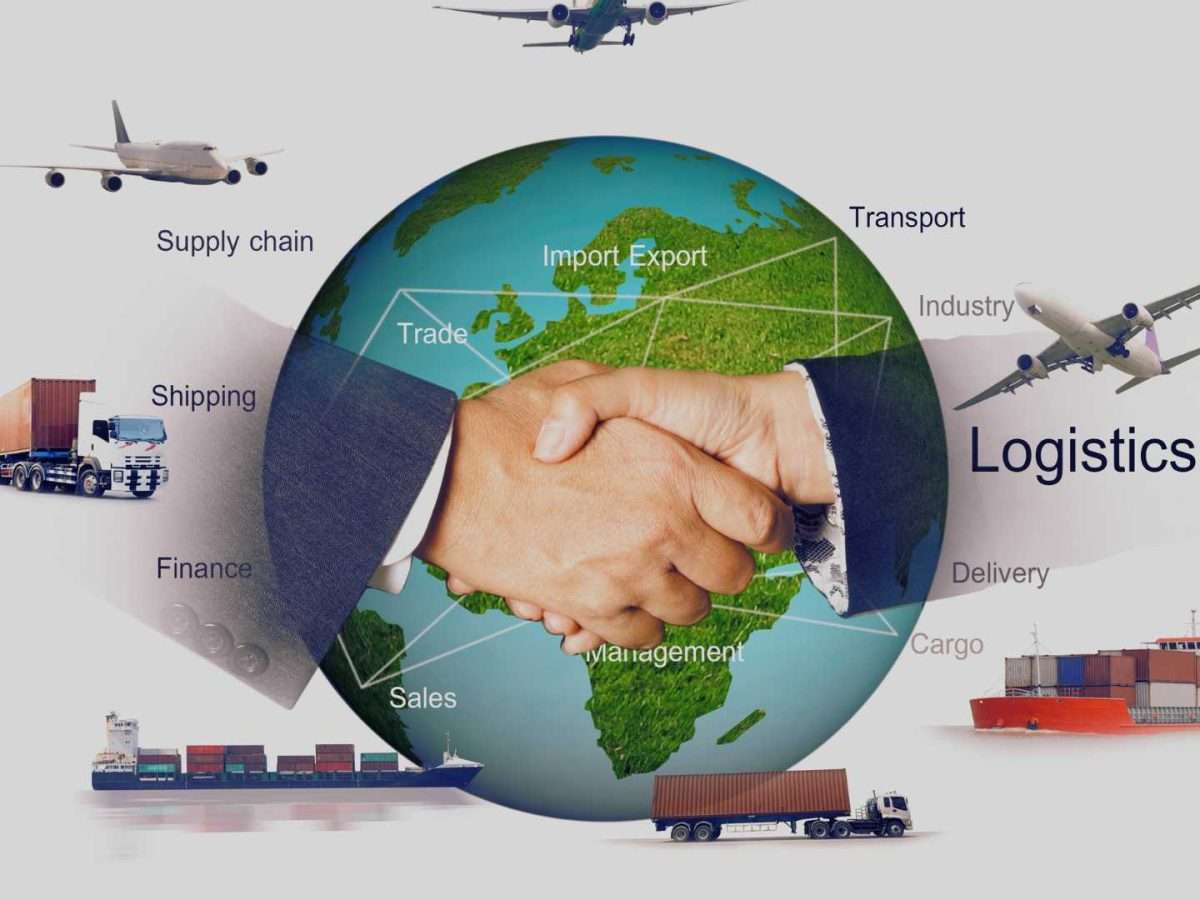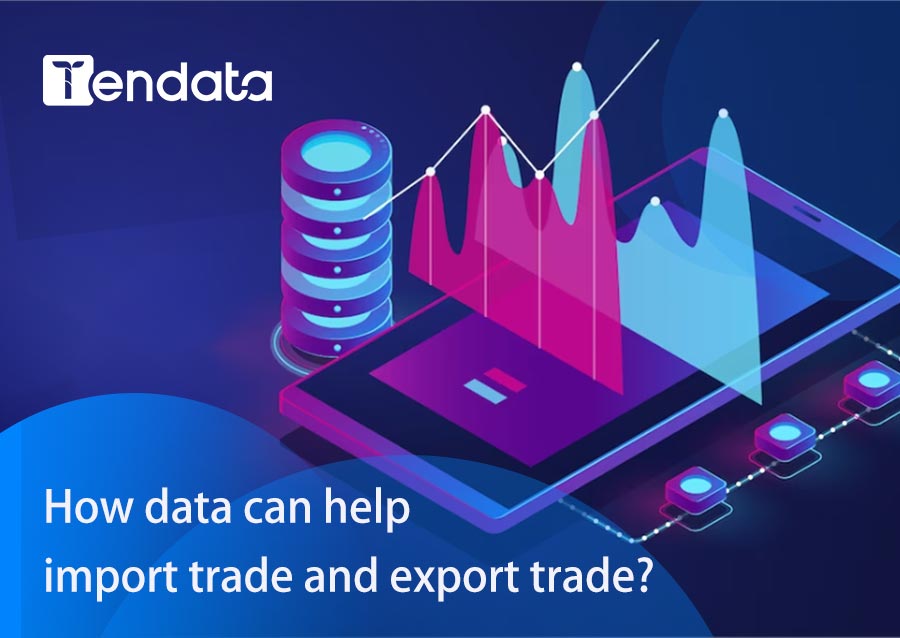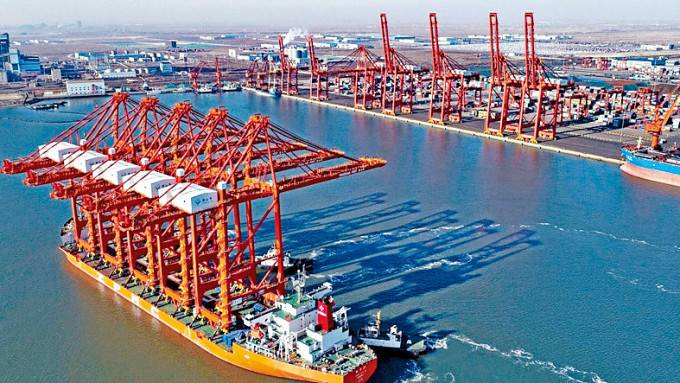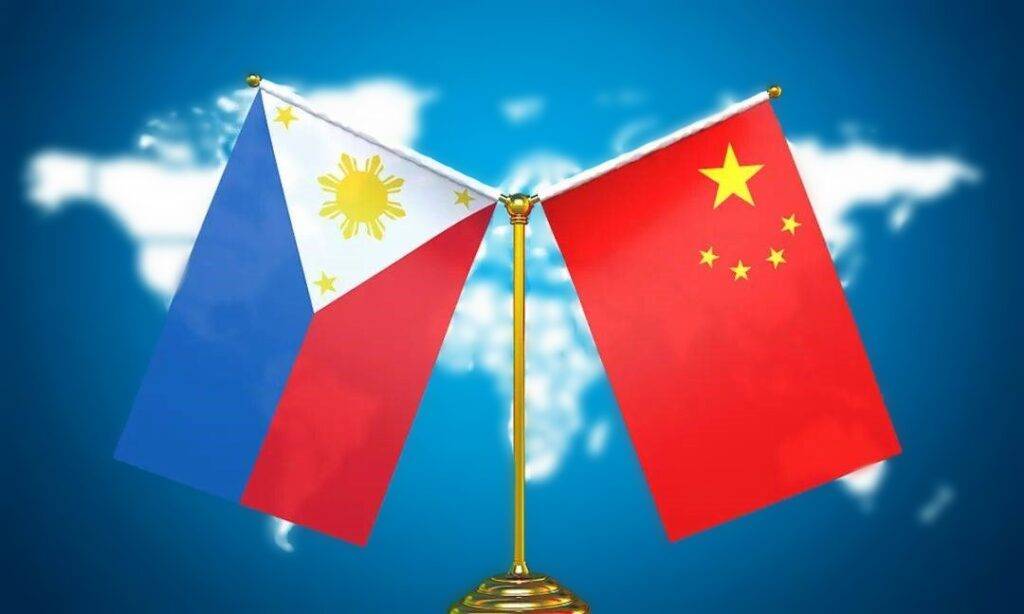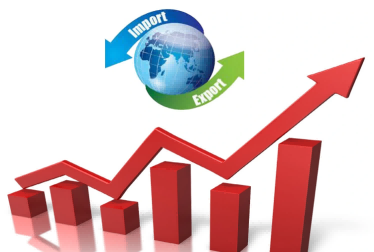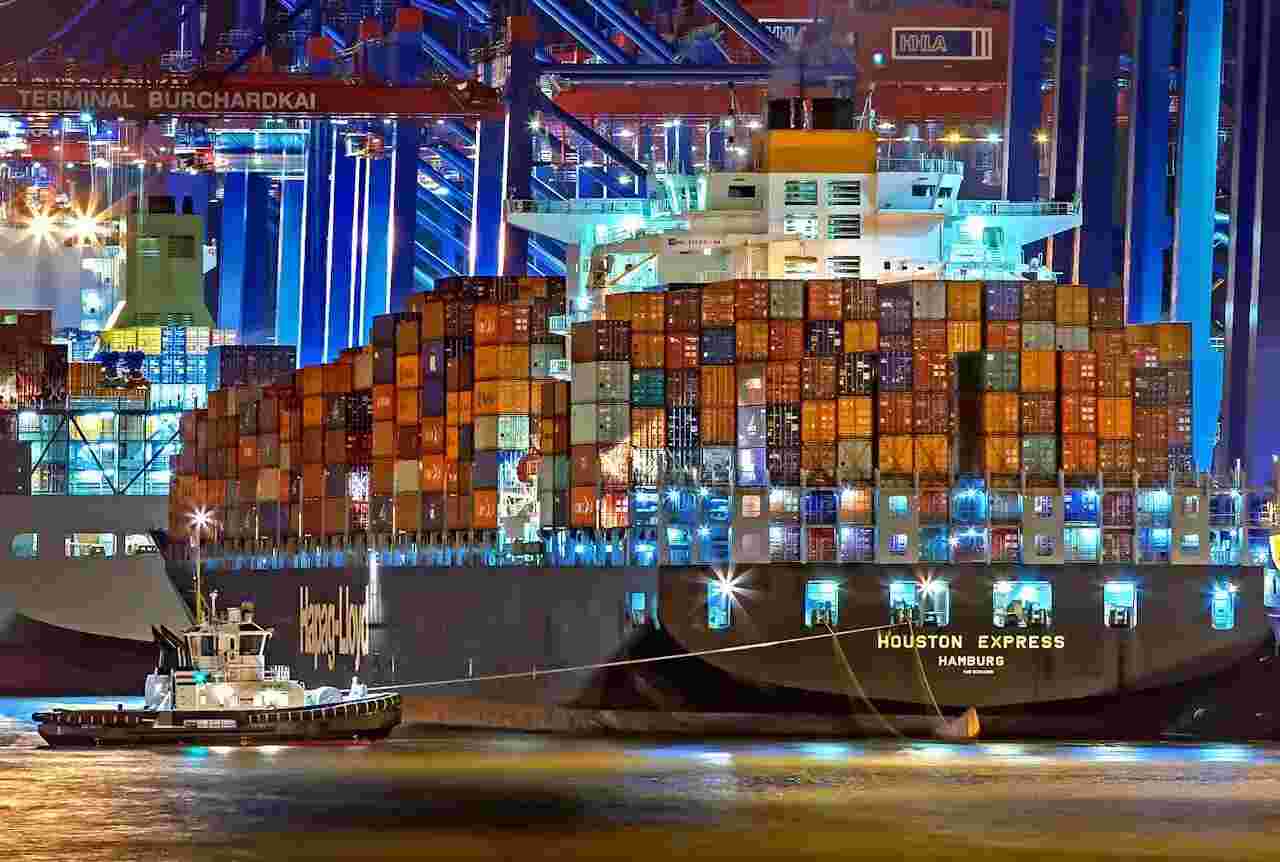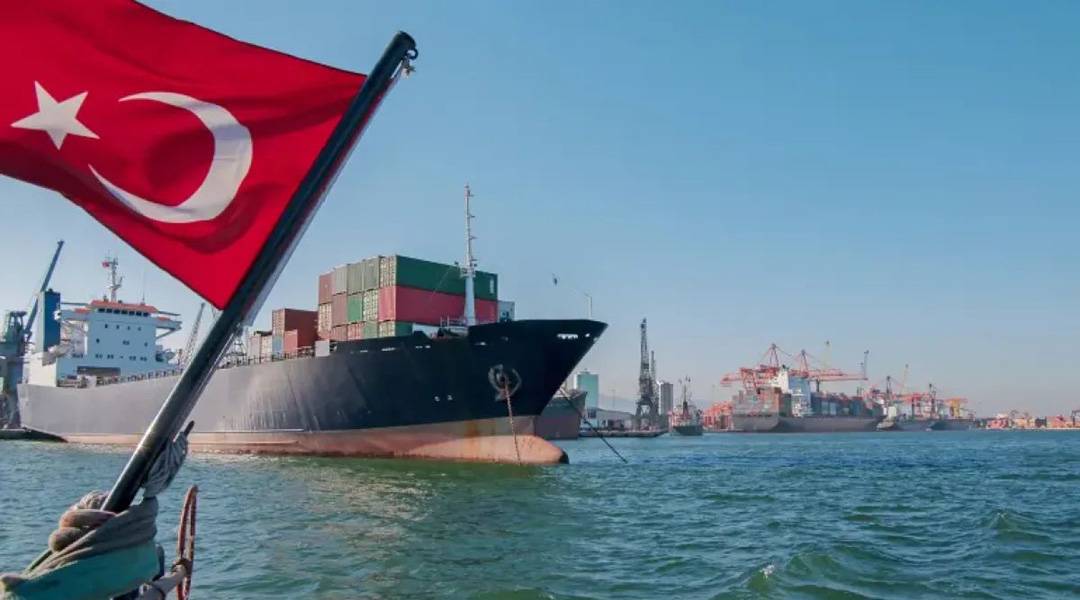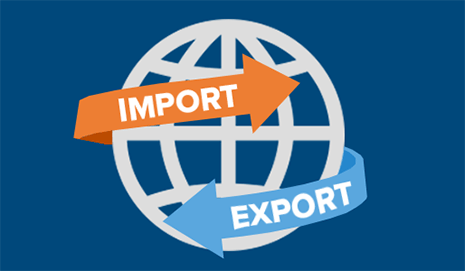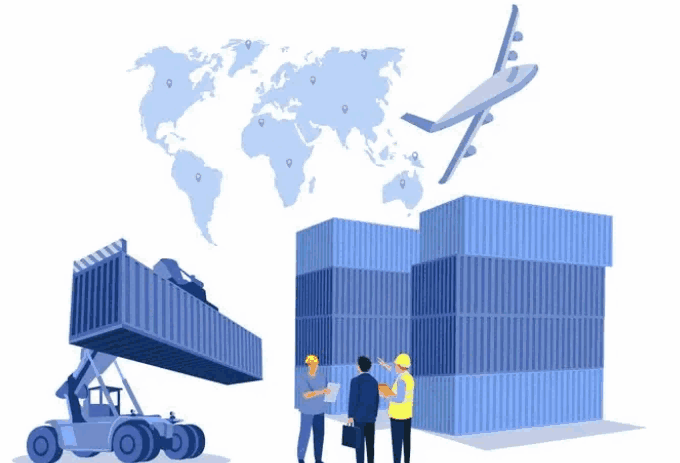 Trade Data Provider
Trade Data Provider
 2025-07-07
2025-07-07
To be honest, import and export is no longer as “easy and profitable” as it used to be — but that doesn't mean it's a bad business. The traditional approach of relying on trade shows, personal networks, and B2B platforms is no longer the dominant strategy. Today, those who know how to leverage digital tools, build their own traffic channels, and engage in targeted marketing actually have a better chance of standing out in the international market.
Opportunities in the import/export industry have never disappeared — only the barriers and strategies have changed.
If you're still using methods from ten years ago to find clients, you may feel like it's getting “harder and harder.” But if you can quickly adapt and embrace newer lead-generation channels like trade data, branded websites, overseas SEO, and social media marketing, there's still plenty of room for growth.
So here's my conclusion: It's not that import/export isn't a good business anymore — it's that traditional import/export isn't working anymore.
The “new” way of doing import/export? Still full of opportunities.

Why Is Import/Export “Challenging But Full of Opportunity”?
Understand These 5 Key Shifts and You'll See Why:
1. Global Demand Remains Strong — But Buyer Behavior Has Changed
In the past, buyers mainly looked for suppliers at trade shows or on B2B platforms. Today, more and more international buyers are turning to Google Search, YouTube, LinkedIn, and other platforms to actively search for suppliers. AI has also accelerated changes in global search behavior.
The question is no longer whether there's demand — but whether you show up where buyers are actively searching.
2. Platform Traffic Is Peaking — Building Your Own Brand Is the Future
While B2B platforms can still bring orders, the cost of traffic is rising, competition is fierce, and the rules increasingly favor buyers.
That's why many experienced exporters are building independent websites, using Google SEO, ads, and email marketing to grow their own brand assets.
We've seen many successful cases where small SOHO teams gradually developed niche brands through content and customization — winning repeat orders through expertise, storytelling, and trust.
3. Trade Policies Are Unstable — Flexible Supply Chains Are Crucial
Tariffs, anti-dumping policies, currency fluctuations, and geopolitical risks have all disrupted the traditional model of “big clients and big orders.” Today, flexibility matters more than ever: Can you handle small, fast-turnaround orders? Can you diversify your client base to reduce reliance on a single market?
More B2B exporters are shifting to a model of “small client pool + big client combination”, which requires a system that supports content marketing, precision lead generation, and inquiry management.
4. Digital Capability = Business Resilience
A well-run export business today might only attend one or two trade shows a year, but consistently generate inquiries through online channels.
Meanwhile, companies still relying on mass WhatsApp messages or bulk PDF email blasts are finding customer acquisition more expensive and communication more difficult.
We've noticed more and more companies investing in "trade data + social media" outreach as a complete system — and this is really a form of digital transformation for exporters.
In the past, businesses waited passively for inquiries on platforms. Now, more sellers proactively reach out, using trade data to quickly identify leads and follow up efficiently — often converting faster than waiting passively.
Trade data has become more powerful and precise over the years, helping businesses connect directly with potential customers.
Bottom line: Opportunities favor those who are prepared.
>>Get A Free Demo from Tendata Global Trade Data<<
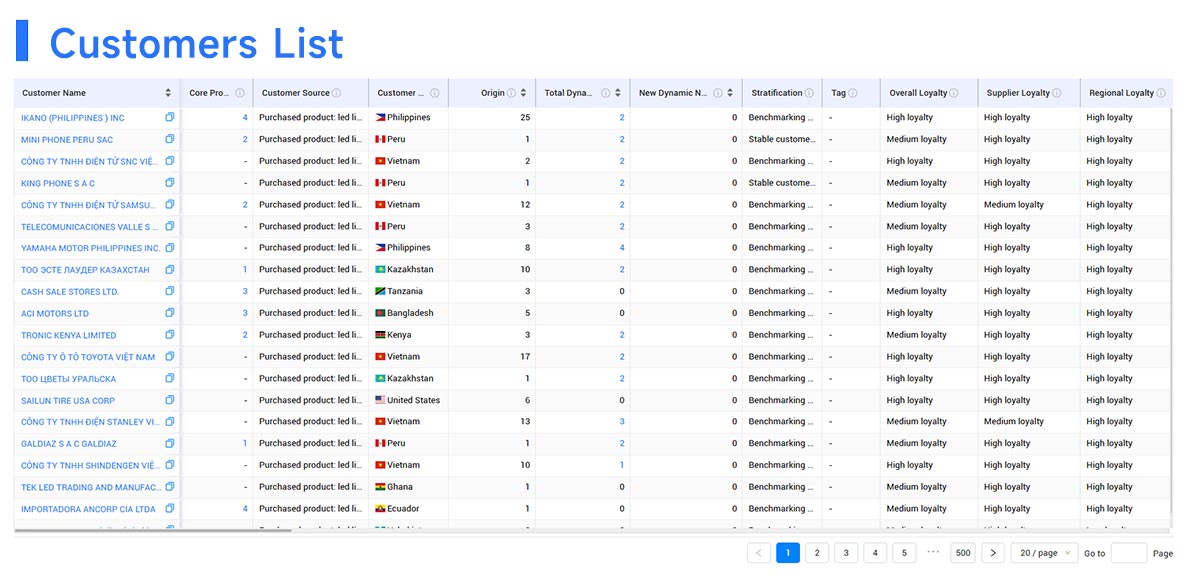
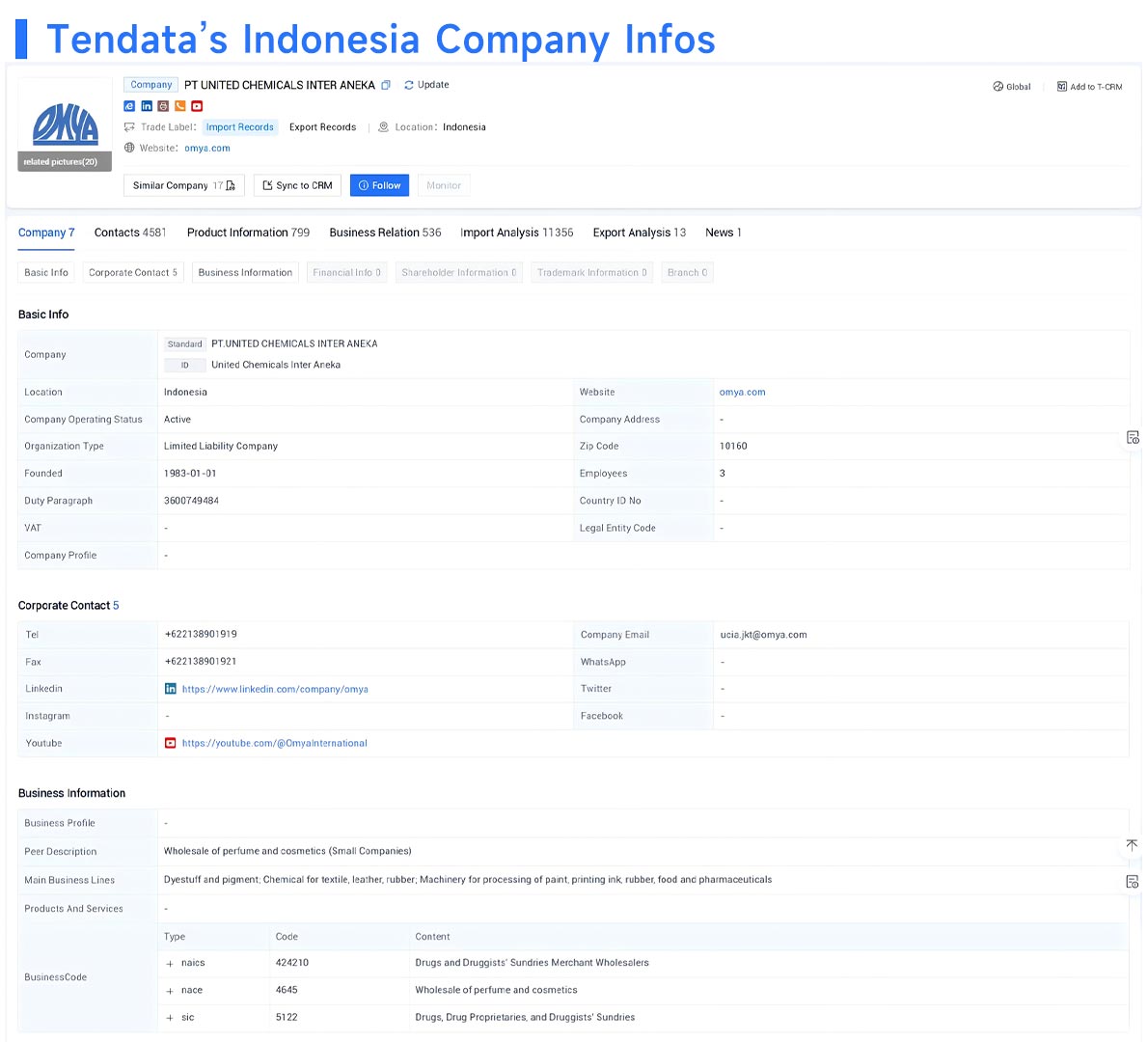
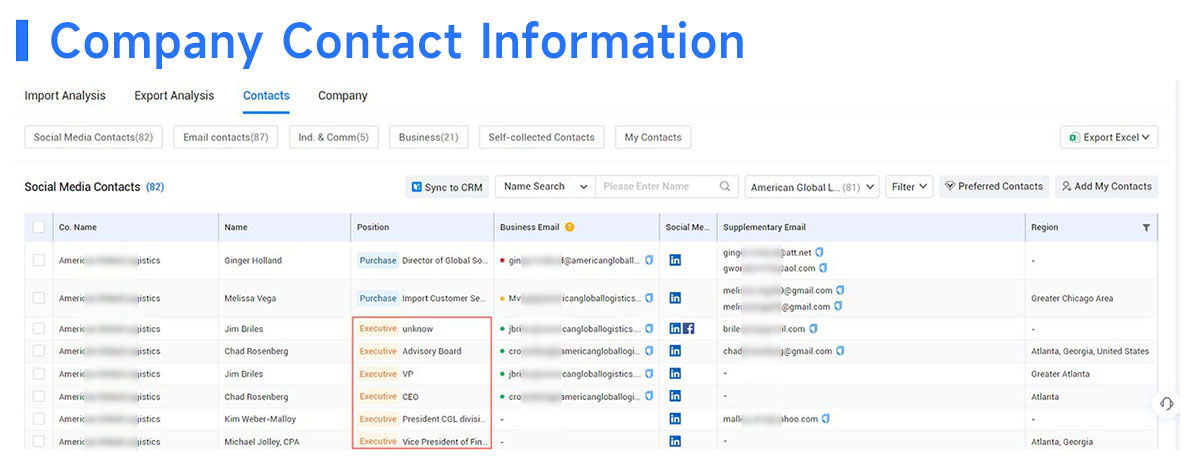
5. The Traffic Landscape Has Changed — Proactive Outreach Is Now Mainstream
Global sourcing is increasingly driven by online search + content-based trust-building. Buyers no longer trust suppliers who only show product photos but lack technical details or professional credibility.
That's why your website needs to do more than just look good — it must inspire trust, include proper SEO structure, logical content, technical highlights, and real case studies.
The Barriers Are Higher, But the Opportunities Are More Concentrated
·Traditional methods are saturated, and traffic is fragmented
·Buyers now gather information primarily online
·Import/export businesses with strong brands and stable traffic are more resilient
·Digital marketing, especially Google SEO, is now an essential skill
In other words:
·You can learn a foreign language.
·You can hire experts to handle SEO.
·But you can't wait until buyers come knocking before you think about lead generation.
An independent website is still one of the best ways to go global. But success no longer belongs to whoever gets online first — it belongs to those who understand their audience, create compelling content, and take a long-term approach.
Don't Just Ask “Is It Still a Good Business?” — Ask “How Can I Do It Better?”
If you're stuck in a phase of declining platform traffic, unstable clients, and rising customer acquisition costs, the problem may not be your product — it could be that your marketing approach is outdated.
·The market is changing.
·Buyers are changing.
·Channels are changing.
Only by continuously evolving and taking initiative can you stay competitive in the “new era” of global trade.
Category
Leave Message for Demo Request or Questions


 T-info
T-info T-discovery
T-discovery

 My
Tendata
My
Tendata Market Analysis
Market Analysis Customer
Development
Customer
Development Competitor
Monitoring
Competitor
Monitoring Customer Relationship
Customer Relationship